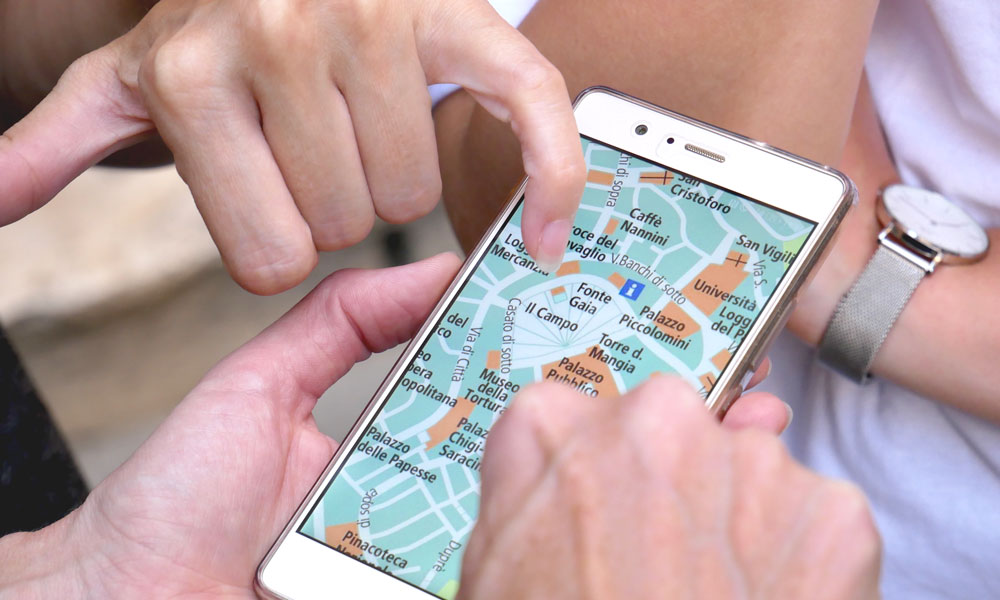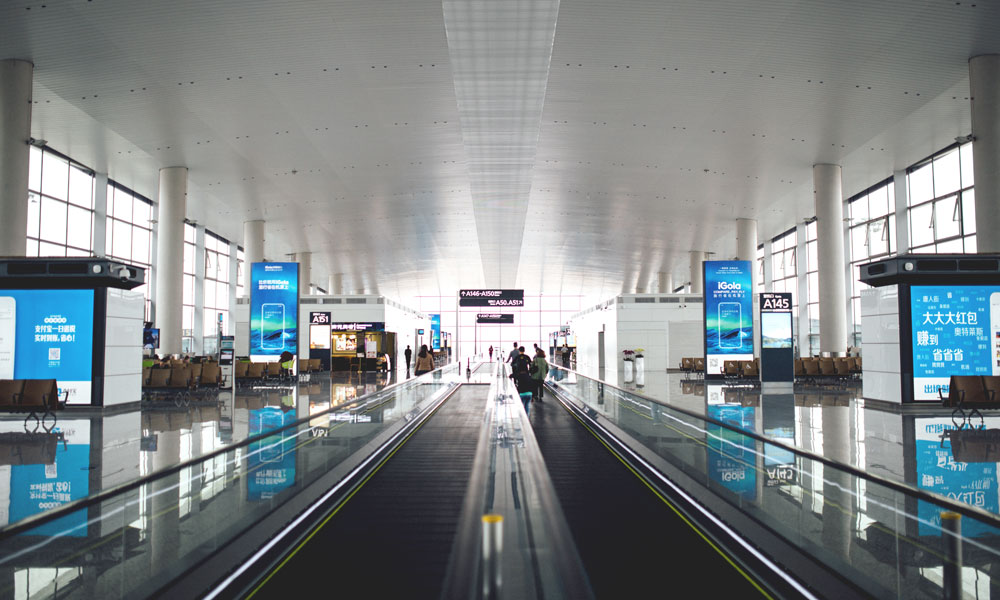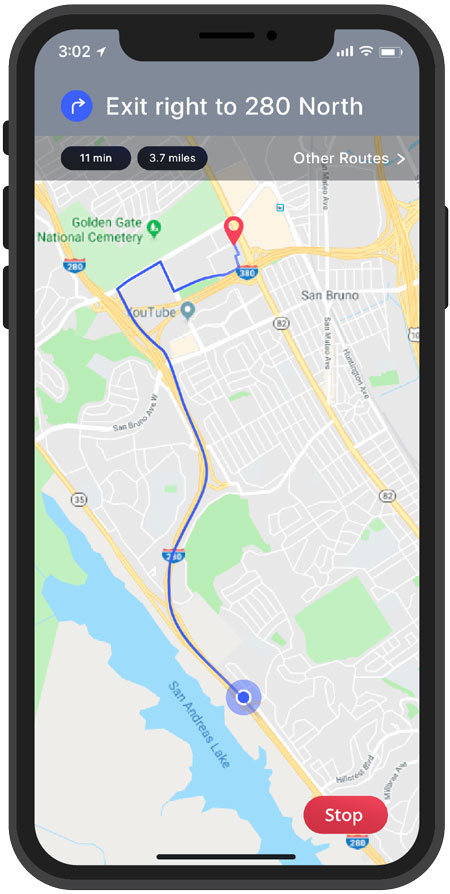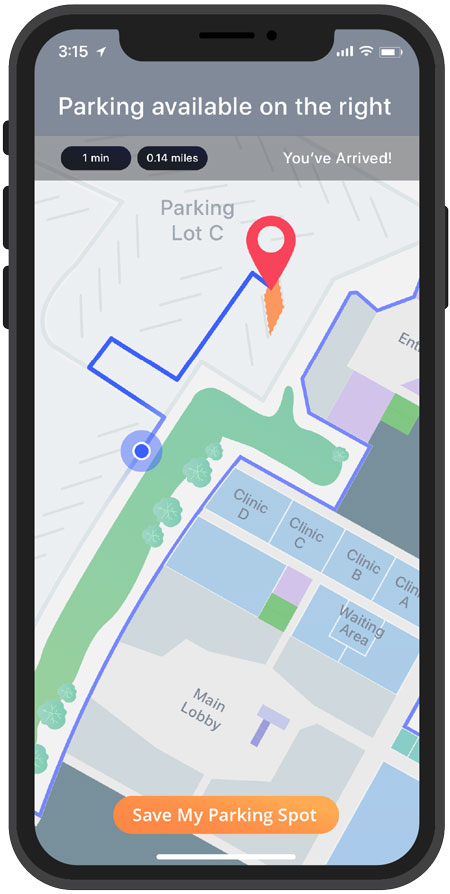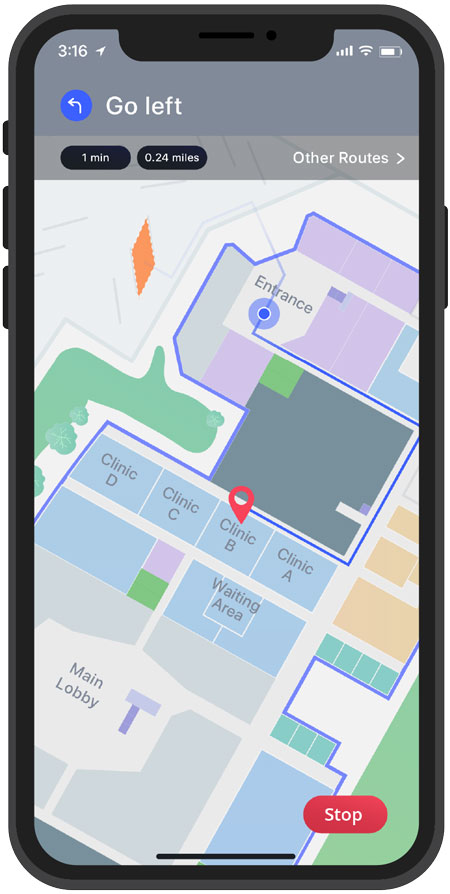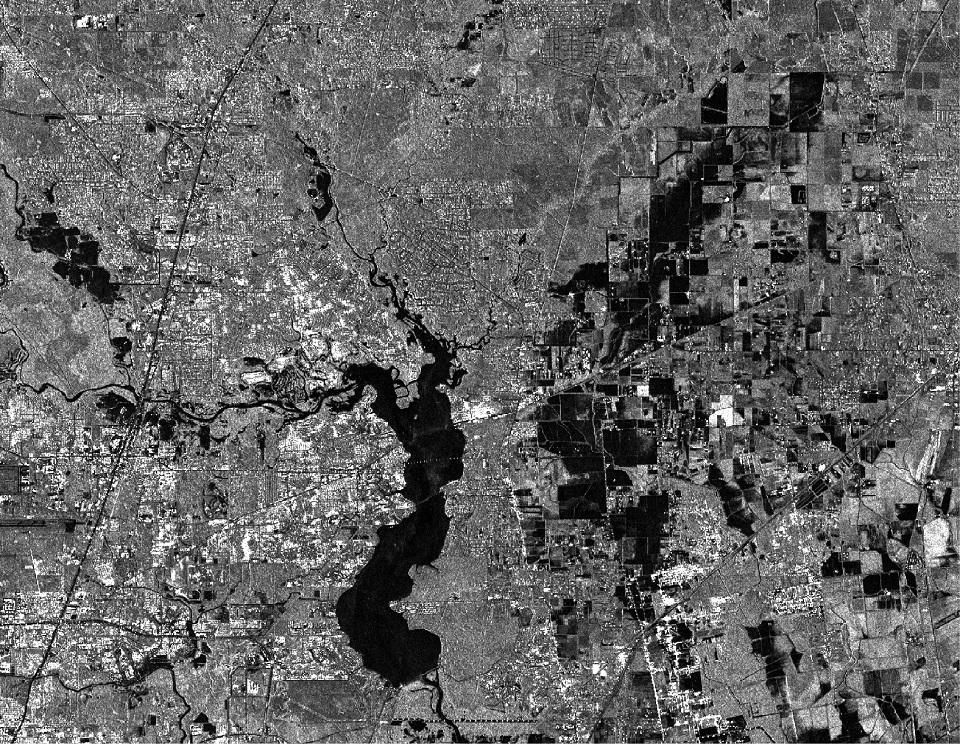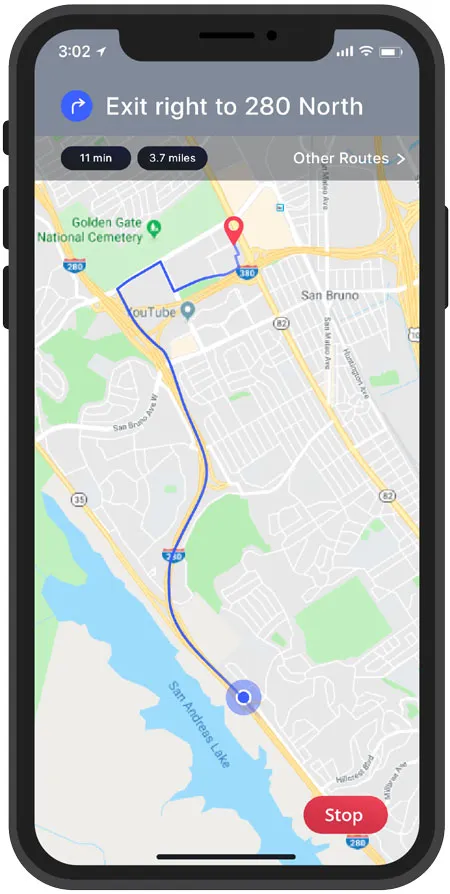
How Indoor mapping is going to change lives in 2019
Take a moment to think about everything that we’ve come to expect from our experiences outdoors. Our base expectations include things like efficient, intelligent navigation to our destinations and real-time location information about those journeys using apps like Waze. We expect to be able to order food at any time of day or night, then watch it travel from the restaurant to our house on our phones using various delivery apps with asset tracking.
With that in mind, it’s hard to believe the discrepancy in our expectations and experiences between the outdoor world and the interiors of the buildings where we spend the vast majority of our time. Our experiences inside of buildings barely scratch the surface of delivering on the expectations we have for the outside world. Location-aware technologies have gradually, yet drastically, removed friction from our experiences when moving from building to building, but as soon as you enter a large, complex building, the friction increases like moving from a water slide to a patch of sandpaper.
This experience is beginning to change though. In 2019, we’ll increasingly see the at-scale removal of friction from the indoor world as more large and complex buildings begin to incorporate location-aware technologies. Existing buildings are gradually being retrofitted and digitized in order to deliver on the Internet of Things (IoT) use cases that businesses are seeking, and yet more new buildings are being constructed with location-aware technologies and digital indoor maps from the initial ground-breaking to improve job site safety.
The rate at which buildings are becoming smarter varies dramatically depending on the industry you’re considering, and its own state of digital transformation and disruption. However, over the last few years I’ve seen industries such as healthcare, hospitality, retail, corporate campuses and transportation hubs take the first steps by implementing their use cases at proof of concept (POC) facilities. The key to implementing these IoT use cases that deliver significant business outcomes is having geospatially accurate digitized indoor maps. Organizations are now ready to move beyond their initial test sites and begin to digitize their indoor spaces enterprise-wide. For example, instead of the occasional hotel providing mobile indoor wayfinding apps, larger hoteliers will begin to roll out these solutions across thousands of facilities.
This will begin the process of fundamentally changing the way we live, work, and play indoors. The friction that we experience while journeying throughout indoor spaces will be increasingly removed from our daily lives, in the spaces where it matters.
Healthcare delivery at hospitals will be more efficient, with queue management and a seamless mobile journey from our home to our appointments which we have booked and checked into using our phones. Travel will become a more enjoyable experience as transportation hubs reduce congestion, streamlining passenger flow and improving wayfinding experiences throughout their facilities. Our trips to the mall with be less stressful as our parking is recorded and we are navigated along the most efficient paths to our destinations, and back to our cars, then home, seamlessly. Corporate campuses will reallocate resources to occupied sections of offices, and HVAC systems will be integrated to decrease energy consumption.
As we move through 2019, indoor mapping will increasingly become part of the norm of our daily lives, and the digital experiences it affords will become expected. You won’t necessarily know when you’re in a building with digitized indoor maps, but you will certainly begin to notice when you’re not. Indoor maps are instrumental to reshaping our experience of place.


